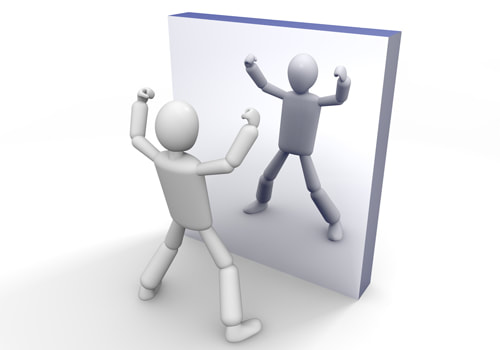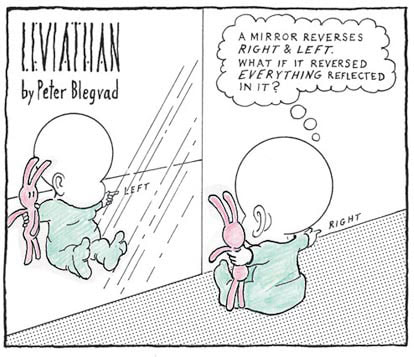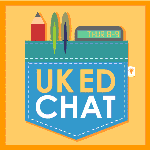If you were to believe EduTwitter, everything in the past, especially for Primary children, was based on play and skills, with nary a mention of knowledge stuff. Everyone was too busy having fun.
Today, I went into the loft and found a couple of files, from way back in the dark ages of education and another life for me. I found some work that I did back in 1986/7, in preparation for the soon-to-be National Curriculum. As a recently appointed Deputy Head, with my curriculum responsibility being science, I had the task of taking stock of what was already in existence and then what needed to be added, removed, or adjusted, to fit with the new requirements. In the event, this was actually a very small series of tweaks, to the knowledge base and to the methodologies.
With a strong earlier science background and many significant publications available, close working with the LA inspectorate soon drew out considerable strengths. What needed to be done was to record for every member of current staff and, with potential for change, future appointments, the baseline expectations of the curriculum and the approach to developing practical science approaches.
The original NC science documentation had 16 attainment targets, one described practical exploration approaches, the other fourteen covered the knowledge areas. To make them manageable, I ordered them into themes, such as “Ourselves and other living things”; “Our environment”; “Make it move; how does it move?”; then we had the others, electricity and magnetism, sound and music, light, microelectronics… There was a lot to be fitted in, but, as themes over a timescale, it was possible to work out how to fit it all together.
The Level Descriptors of AT15, light, make interesting reading;
L1) Light comes from different sources. Discriminate between and match colours. Colour in the environment.
L2) Light passes through materials in different ways. Shadows.
L3) Light can change direction and shiny surfaces reflect images.
L4) We see objects because of light. Light travels in straight lines; shape and size of shadows.
I also found a set of enquiries that I had created, to provide some guidance; this was in relation to exploring light, through mirrors. With pre-school children often entranced by light and its properties, mirrors and reflections can be a great way into science investigations.
With a flat mirror; look in the mirror, what can you see? Draw a picture of what you think you look like in a mirror.
If it’s a plastic mirror, bend it and try to describe what you can see happening.
Other shiny surfaces are important, such as spoons. What do you look like on the front or the back of a spoon? Is it the same on both sides?
Hinge two mirrors with sticky tape. What happens if you start with them in a straight line, then gradually move them towards each other? Older children can start to record angles and images.
If you put a picture underneath the mirrors and do the same, what happens to the image as the mirrors get closer together? Kaleidoscope-art potential? Rangoli or other patterns?
Put two mirrors facing each other and an object in between. What can you see?
How does a periscope work? Make a working model and try it out. Link with DT
.
Hinge three mirrors, open to explore images, then closed into a triangle. Describe what you can see.
Giving an account of the activities, with developing scientific detail on an investigation was seen as a Level 3 challenge, but would depend on quality of expression, vocabulary and writing style.
Shadows were a great source of potential, with silhouette potential, sun dials and eclipses, temperature gradients, especially on frosty days, shadow puppetry... exploring dark could be supported by a heavy curtain draped over a desk, to make a large light box that children could get under.
The discussion that this approach engendered enabled further detailed knowledge to be shared at the point of need, as well as during introductions and summaries within the lesson or at the end.
It was certainly not play, as perceived by some, but purposeful investigative activity, always with the outcome of being able to share the outcomes of the investigation in some form, oral sharing, written or drawn recording, whichever was most appropriate to the needs of the learners.
Primary science is purposeful, focused thinking around a problem or a challenge, to seek patterns, stimulate further questions and develop a coherent train of thought.
All of which can be enjoyable, or in child speak, fun…


 RSS Feed
RSS Feed
